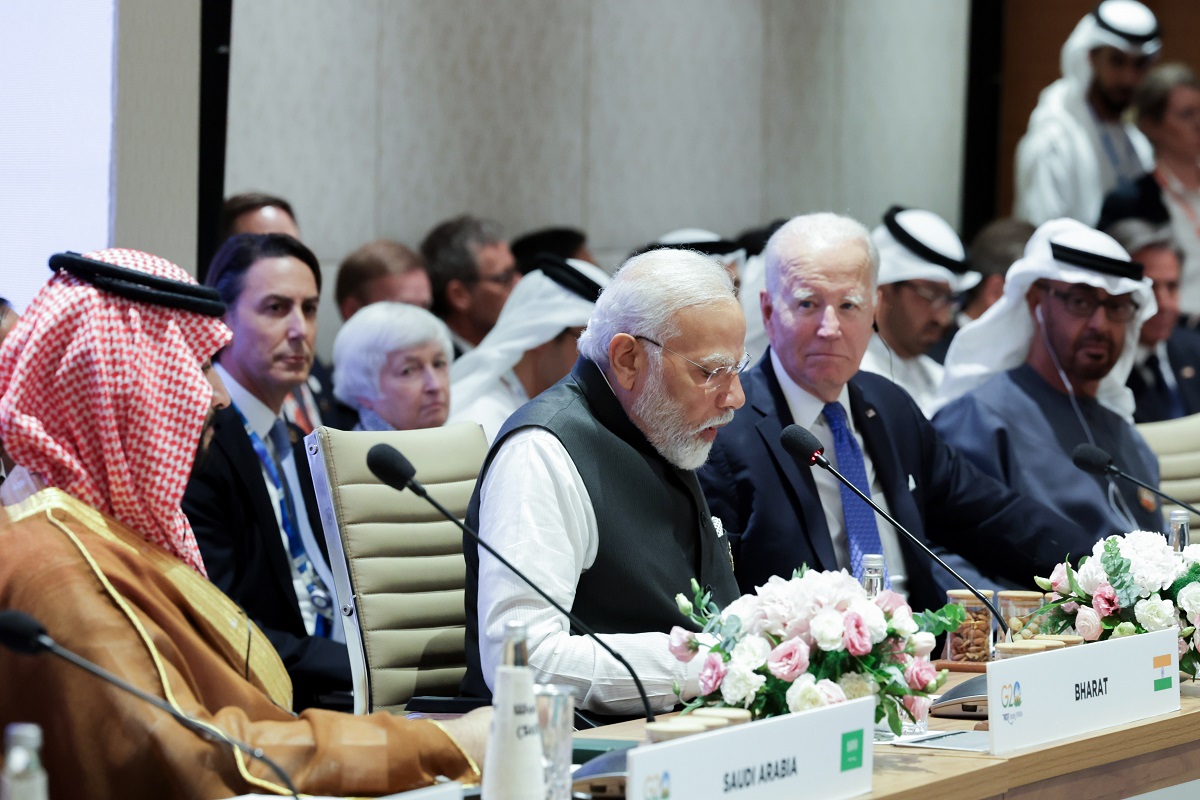In a world rife with geopolitical complexities, the Indo-US “2+2 Dialogue” emerges at a crucial juncture in the evolving landscape of international relations. The talks between top Cabinet members from both nations, spanning foreign affairs and defence, underscore the imperative to fortify their collaboration in the face of pressing global challenges. As the dialogue unfolded, the emphasis on bolstering defence cooperation and aligning policy objectives in the Indo-Pacific region reverberated. The strategic partnership between the two nations, once distant actors during the Cold War, has metamorphosed into a dynamic alliance marked by landmark deals. From the supply and manufacture of engines for Indian fighter jets to the acquisition of MQ-9 predator drones, the collaborative ventures signal a commitment to mutual security and technological advancement.
Against the backdrop of concurrent global conflicts in Gaza and Ukraine, the discussions hold significance, projecting a forward-looking approach. Defence minister Rajnath Singh’s assertion that “defence remains one of the most important pillars of our bilateral relationship” encapsulates the gravity of the deliberations amid emerging geopolitical challenges. The dialogue becomes a conduit for fortifying the foundations of a long-term partnership, resilient to the unpredictable shifts in the international arena. Crucially, the dialogue extends beyond defence ties, encompassing the synergy in addressing regional issues in South Asia and the broader Indian Ocean region. The resonance from Prime Minister Narendra Modi’s successful visit to Washington in June and President Joe Biden’s subsequent trip to New Delhi highlights the continuity and commitment to translating shared visions into actionable outcomes. A pivotal dimension of the dialogue lies in the shared concerns over China.
Advertisement
As the world anticipates the meeting between President Biden and Chinese leader Xi Jinping in San Francisco, the IndoUS discussions serve as a strategic preamble. By promoting a free and open Indo-Pacific, the two nations, along with Japan and Australia in the Quad partnership, articulate a collective effort to counterbalance China’s ascendancy. The deliberations echo a shared commitment to fostering stability in a region marred by geopolitical tensions. However, the intricacies of Indo-US relations extend beyond the bilateral spectrum. New Delhi’s old ties with Russia, despite growing partnerships elsewhere, adds a layer of complexity. As the West scrutinises Russia’s actions in Ukraine, India’s diplomatic balancing act draws attention. The dialogue, therefore, navigates not only the immediate challenges but also the delicate dance of maintaining historical alliances amid shifting global dynamics. In essence, the Indo-US 2+2 Dialogue encapsulates a multifaceted narrative. It is a tale of collaboration in mutual interests and a pursuit of stability in an ever-changing world order. The dialogue’s significance lies not just in the agreements signed but in the shared vision articulated by leaders from both nations. It embodies a commitment to constructing a shared global agenda, navigating challenges, and fortifying the foundations of a partnership poised to shape the geopolitical landscape in the years to come.









